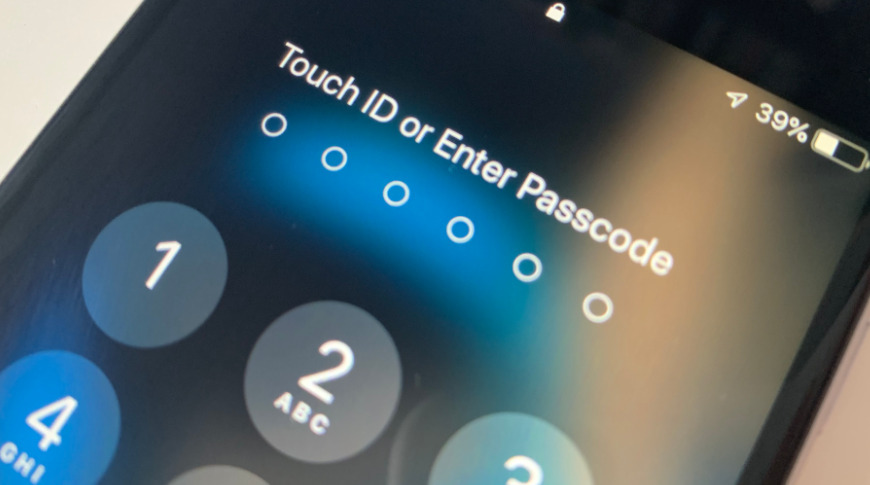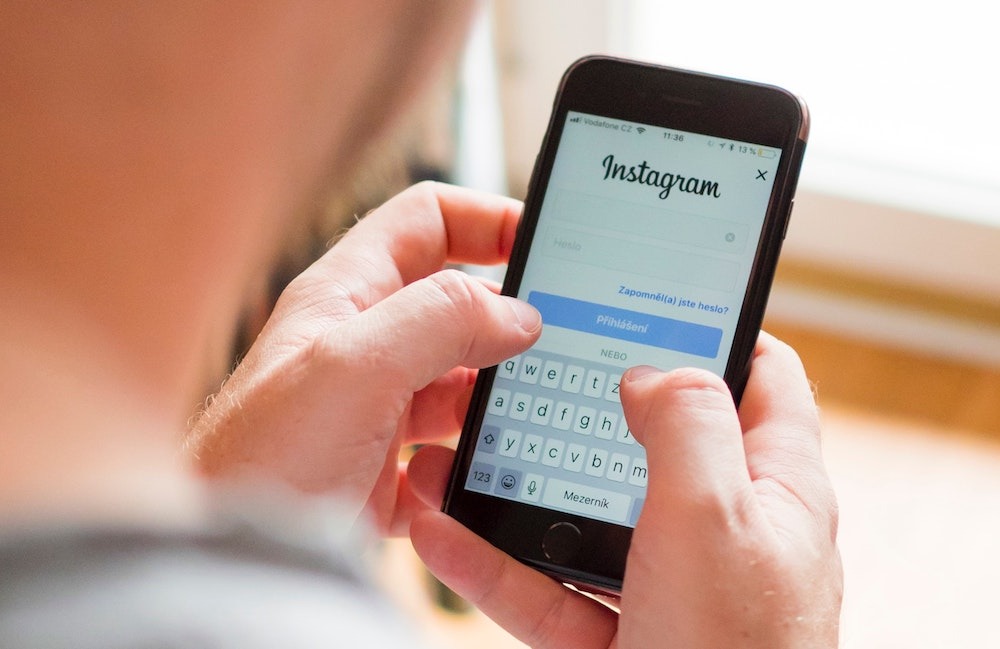sultrysandy
Moof - Geekette
- Joined
- Jul 15, 2016
- Posts
- 207,261
WSJ profile of Tim Cook offers new insight into the life and leadership style of the
.
WSJ profile of Tim Cook offers new insight into the life and leadership style of the Apple CEO

A new profile from The Wall Street Journal offers an inside look at how Apple has evolved under the leadership of CEO Tim Cook. The report highlights the differences in leadership between Cook and Steve Jobs, including Cook’s more hands-off approach to product engineering and design.
The profile emphasizes that Cook kept a lot of his routine the same when he took over as Apple CEO in 2011:
Citing Cook’s colleagues and acquaintances, the report describes the Apple CEO as “a humble workaholic with a singular commitment to Apple.” He is said to keep his calendar clear of personal events, painting the picture of a relatively lonesome position — which is something Cook has even said himself in the past.
An anecdote from the WSJ profile explains:
Current and former employees cited in the piece say that Cook has “created a more relaxed workplace” than the environment created under Steve Jobs. Nonetheless, Cook is “similarly demanding and detail-oriented.” The report points to a specific example when Apple “mistakenly shipped 25 computers to South Korea instead of Japan.” Cook was reportedly frustrated with this mistake and used it as an example of how Apple was “losing [its] commitment to excellence.”
The report also offers an interesting look at Cook’s leadership style and his relationship with subordinates, citing an anecdote from former Apple executive Joe O’Sullivan:
There’s also an interesting contrast drawn between Cook’s hands-off approach to Apple’s product development, yet his desire to keep up with the competition. According to the report, Apple’s chief hardware executive Dan Riccio was “exploring the idea of a smart speaker around 2015,” and Cook “peppered him with questions about the product and asked for more information.”
Ultimately, Riccio scaled back the development of Apple’s smart speaker in 2015. Following the success of Amazon’s Echo speakers, however, Cook is said to have emailed Riccio to ask “where Apple stood on its speaker effort.” This situation, the report explains, is what emphasizes Cook’s cautious approach to entering new product categories:
Finally, the report touches on Apple’s recent focus on Services, including concerns that things like Apple TV+ aren’t yet seeing the success Cook had anticipated.
The full profile of Apple CEO Tim Cook is well worth a read and can be found at The Wall Street Journal.
.
.
WSJ profile of Tim Cook offers new insight into the life and leadership style of the Apple CEO

A new profile from The Wall Street Journal offers an inside look at how Apple has evolved under the leadership of CEO Tim Cook. The report highlights the differences in leadership between Cook and Steve Jobs, including Cook’s more hands-off approach to product engineering and design.
The profile emphasizes that Cook kept a lot of his routine the same when he took over as Apple CEO in 2011:
From when he took over in 2011, Mr. Cook followed the advice of his predecessor: Don’t ask what I would do. Do what’s right. He continued waking up each morning before 4 a.m. and reviewing global sales data. He maintained his Friday meeting with operations and finance staff, which team members called “date night with Tim” because they stretched hours into the evening. He seldom visited Apple’s design studio, a place Mr. Jobs visited almost daily
Citing Cook’s colleagues and acquaintances, the report describes the Apple CEO as “a humble workaholic with a singular commitment to Apple.” He is said to keep his calendar clear of personal events, painting the picture of a relatively lonesome position — which is something Cook has even said himself in the past.
An anecdote from the WSJ profile explains:
Around Thanksgiving two years ago, guests saw him dining by himself at the secluded Amangiri Hotel near Zion National Park. When a guest later bumped into him, he said he came to the hotel to recharge after a hectic fall punctuated by the rollout of Apple’s latest iPhone. “They have the best masseuses in the world here,” he said, the guest recalls.
Current and former employees cited in the piece say that Cook has “created a more relaxed workplace” than the environment created under Steve Jobs. Nonetheless, Cook is “similarly demanding and detail-oriented.” The report points to a specific example when Apple “mistakenly shipped 25 computers to South Korea instead of Japan.” Cook was reportedly frustrated with this mistake and used it as an example of how Apple was “losing [its] commitment to excellence.”
The report also offers an interesting look at Cook’s leadership style and his relationship with subordinates, citing an anecdote from former Apple executive Joe O’Sullivan:
Mr. Cook’s command of detail causes underlings to enter meetings with trepidation. He leads through interrogation, with a precision that has reshaped how Apple staff work and think.
“The first question is: ‘Joe, how many units did we produce today?’ ‘It was 10,000.’ ‘What was the yield?’ ‘98%.’ You can answer those and then he’d say, ‘Ok, so 98%, explain how the 2% failed?’ You’d think, ‘F—, I don’t know.’ It drives a level of detail so everyone becomes Cook-like,” said Joe O’Sullivan, a former Apple operations executive. He said Mr. Cook’s first meeting with staff the day he arrived in 1998 lasted 11 hours.
Middle managers today screen staff before meetings with Mr. Cook to make sure they’re knowledgeable. First-timers are advised not to speak. “It’s about protecting your team and protecting him. You don’t waste his time,” said a longtime lieutenant. If he senses someone is insufficiently prepared, he loses patience and says, “Next,” as he flips a page of the meeting agenda, this person said, adding, “people have left crying.”
There’s also an interesting contrast drawn between Cook’s hands-off approach to Apple’s product development, yet his desire to keep up with the competition. According to the report, Apple’s chief hardware executive Dan Riccio was “exploring the idea of a smart speaker around 2015,” and Cook “peppered him with questions about the product and asked for more information.”
Ultimately, Riccio scaled back the development of Apple’s smart speaker in 2015. Following the success of Amazon’s Echo speakers, however, Cook is said to have emailed Riccio to ask “where Apple stood on its speaker effort.” This situation, the report explains, is what emphasizes Cook’s cautious approach to entering new product categories:
Mr. Cook tends to assess new product ideas with caution, taking the position in some discussions that he doesn’t want to release a product that may sell poorly and undermine the company’s track record of success, according to senior engineers.
Finally, the report touches on Apple’s recent focus on Services, including concerns that things like Apple TV+ aren’t yet seeing the success Cook had anticipated.
Mr. Cook isn’t rattled, former members of the services team said, calculating that over time, Apple will gain subscribers. “They’re not going to go full bore,” one of these people said. “With a billion devices world-wide, they believe if you’ve got something a little better and it’s on your own phone, people will adopt it.”
The full profile of Apple CEO Tim Cook is well worth a read and can be found at The Wall Street Journal.
.
/article-new/2020/08/applenewsweblinks.jpg?lossy)












